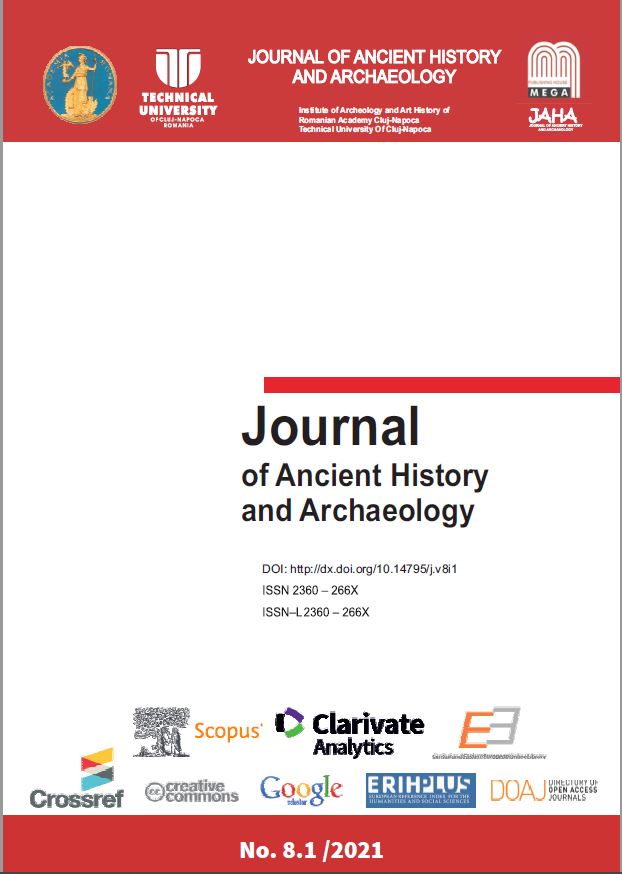COMPOSITIONAL ANALYSIS ANALYSIS OF THE POTTERY SHARDS FROM KUH-I KHAWJA HISTORICAL SITE, SISTAN, EAST OF IRAN
COMPOSITIONAL ANALYSIS ANALYSIS OF THE POTTERY SHARDS FROM KUH-I KHAWJA HISTORICAL SITE, SISTAN, EAST OF IRAN
Author(s): Hossein Sarhaddi-Dadian, Zuliskandar RamliSubject(s): History, Archaeology
Published by: Editura Mega Print SRL
Summary/Abstract: The aim of this study was to determine whether pottery shards from Kuh-i Khawja were locally made or imported. Kuh-I Khawja is one of the most ancient settlements in Iran’s Sistan during the Sassanid period. The study shows that the antiquity of the site goes back to the 3rd to 8th centuries CE and the earthenware found in Kuh-I Khawja can be categorized into four groups which are i) Plain unglazed pottery; ii) Unglazed painted pottery; iii) Plain glazed pottery; iv) Glazed and painted pottery. Archaeologists believe that most of the pottery shards are locally made; hence, to test this hypothesis, a scientific analysis was done to determine the chemical composition of the pottery shards. X-Rays Fluorescence (XRF) was applied to determine the major and trace elements of the pottery shards. The results demonstrate that most of the pottery shards are in the same group and this strongly suggests that they are local products. Additionally, based on the major and trace elements, it can be suggested that some of the samples were imported items.
Journal: Journal of Ancient History and Archaeology
- Issue Year: 8/2021
- Issue No: 1
- Page Range: 127-133
- Page Count: 7
- Language: English

